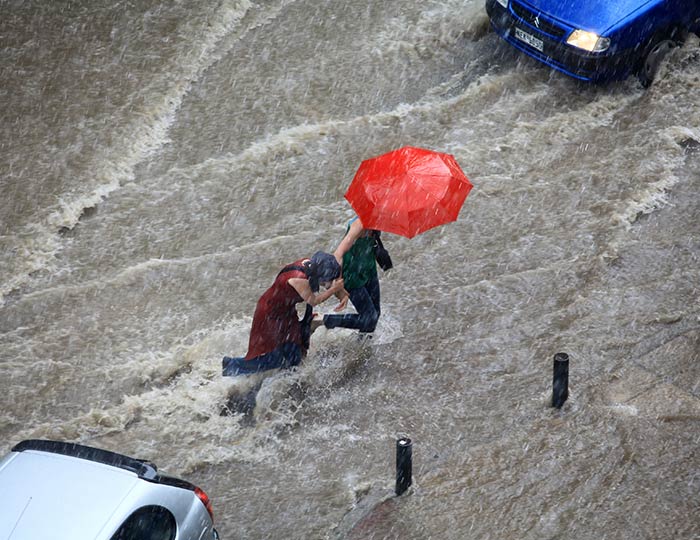NEWS • 2020-04-21
The pandemic highlights the need for city green space
In times of social distancing, green areas are more important than ever and ensuring nature access for the public should be a fundamental strategy of cities when coping with this crisis, researchers argue.

The 2020 coronavirus pandemic caused countries across the world to implement measures of social distancing to curb spreading of Covid-19. The large and sudden disruptions to everyday life that result from this are likely to have negative impacts on well-being, particularly in cities, where people live in dense settings with limited public space. Elders, for example, that are at most risk of suffering with lethal effects from Covid-19, are a risk group by also suffering from anxiety and depression from social isolation.
Parks keep people healthier and happier
In a forthcoming study published in Landscape and Urban Planning, Beijer researcher Johan Colding and colleagues from Stockholm Resilience Centre and University of Gävle, argue that during these extraordinary circumstances, urban nature offers resilience for maintaining well-being in urban populations, while enabling social distancing. The stress reduction effects of interacting with nature is well established scientifically and access to nature can also help people stay physically healthy, not least when other means of exercise is limited, with closed gyms and cancelled sports activities.
”The COVID-19 pandemic reveals how vulnerable societies are to disturbance and why it is important to nurture urban resilience to cope with stressors more effectively”, Johan Colding points out.
Historically, green areas have repeatedly played a critical insurance role in times of crisis. During the Second World War, for instance, parks and gardens were used to grow food, and more recently, community gardens in Detroit have been used to supplement unemployed workers and their families with food and to create new jobs during economic recessions.
The role of city green space in times of crisis
The authors also discuss generally the critical role of urban nature in times of crisis. Cities around the world need to take the step into the 21st century by accepting crises as a new reality and finding ways to function during these disturbances. Therefore, maintaining or increasing space for nature in cities and keeping it accessible to the public should be part of the sustainability agenda, formulated in the UN Sustainable Development Goals. For this, two aspects are important to consider: spatial organisation and property rights arrangements, critical for ensuring that green areas are within reasonable distance and open to the public.
”The gradual transfer of public to private property rights, common in many cities today, risks gradually erode the possibility for urban residents to have meaningful interaction with nature in cities”, Johan Colding underlines.
This article is part of the Beijer Institute research programme Urban social-ecological systems, conducting research for resilient cities.
NEWS



